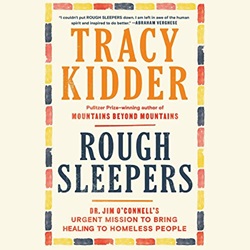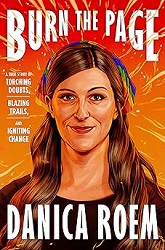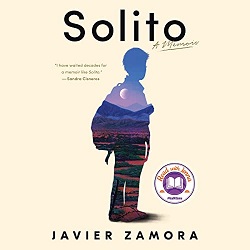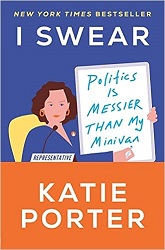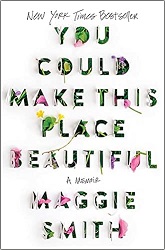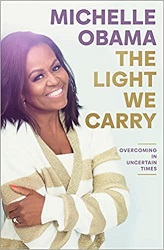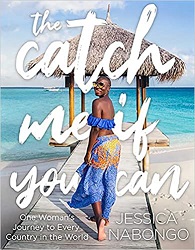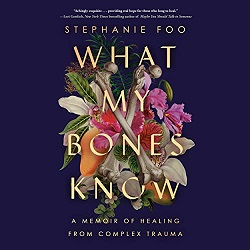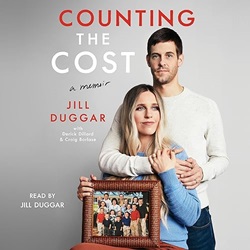 Counting the Cost
Counting the Cost
by Jill Duggar
with Derick Dillard
and Craig Borlase
read by Jill Duggar
Simon & Schuster Audio, 2023. 7 hours, 7 minutes.
Review written December 15, 2023, from a library eaudiobook.
Starred Review
I have never watched one episode of the shows about the Duggar family. I am the third child from a family of thirteen children, and I knew it would be painful to me to watch a big family’s lifestyle glorified like that. I knew that what cameras saw would not be the same as what day-to-day life is really like.
But when I heard about Amazon Prime’s “Shiny Happy People” documentary series, I dropped everything and watched the series. It took me five blog posts on my Sonderjourneys blog in my “Shiny Happy Childhood” series to process what I saw in that series.
Based on what I saw in the documentaries (which included interviews with Jill), I put this audiobook on hold as soon as I heard about it. This is the story of Jill Duggar, growing up in her filming family and highly involved in the cult that IBLP ended up being. IBLP stands for Institute in Basic Life Principles, and was founded by Bill Gothard, who began by going around the country doing seminars — seminars I attended as a child several times.
This book is Jill’s personal story. I admire the woman she’s grown to be, learning to set boundaries, make her own decisions, protect her own privacy, and stand up for herself in healthy ways.
My reaction to this book will be more about me than it is about her. It’s not often – not often at all – that I get to read a “mirror” book, a book I see myself in. Jill was the fourth child in a big family, taking care of younger siblings from a young age. I was the third child in my big family, and yes, I was changing diapers and tending babies from eight years old on. She was in a conservative Christian family, heavily influenced by Bill Gothard’s teachings. I was in a conservative Christian family, heavily influenced by Bill Gothard’s teachings, but before he got quite so extreme.
First, after listening to this book, I’m so thankful that my parents didn’t ever get to the “Advanced Training Institute” level of following Bill Gothard. Girls were allowed to wear pants in my house, we listened to Christian rock music, attended a private Christian school, and went to a Christian university. I think there was some hope I’d find a nice Christian guy to marry at that Christian college, like my mother had done, and my older sister did, too, and — oh, wait a second, I did meet my ex-husband at that Christian college, though I was much slower than they were, and we didn’t get married until after I finished grad school, which it sounds like wouldn’t have met Bill Gothard’s approval.
My parents did homeschool for a number of years — but they started after I was already in college. I liked the idea of homeschooling in theory — but in practice, I knew that school had been my lifeline. Making friends and learning how “normal people” lived was vital to my growing up years. And when I had kids of my own, we sent them to public school.
I heard of Bill Gothard’s “umbrella of authority” and probably believed it was true, but it wasn’t hammered into me the way it was for Jill. I wasn’t afraid I was opening myself up to Satanic destruction if I displeased my father. (And I was a rule-follower anyway, so how would I have displeased him?) But one part of the teaching as she related it surprised me. I was taught that a girl goes from under her father’s authority to under her husband’s authority. Marriage is all about “Leave and Cleave,” or so I was taught. I thought it was part of Bill Gothard’s teaching, but Jill reported that she was told she was under her father’s authority as long as he lives, and her husband is under his authority, too. So she had an especially difficult time establishing her own home as an adult, with boundaries from television cameras, making decisions against her father’s wishes.
It was interesting to me, though, that my areas of pain from my upbringing were completely different from hers. Now, it sounds like doing the show gave their family more resources to meet the needs of that many children. However, for me, besides having to do without some physical things at times, I felt starved for attention, easily invisible, not really known by my parents. The focus and attention in our family always went most to the newest baby, and the older kids got easily overlooked. I didn’t get the impression Jill felt a lack there.
I do agree with the Duggars that children are a blessing. But I also believe they are people who need to be nurtured. And if you have so many children you don’t have the physical or emotional resources to nurture them all, I think you’re being irresponsible with precious lives.
Now this is a discussion every couple should have on their own. I try not to judge big families, because children are indeed a blessing, after all. But neither should they judge me for having two kids, six and a half years apart, so I had the joy of showering individual attention on each child. Bill Gothard claims to know what’s best for every family — and I believe that’s presumptuous and wrong.
But the topic that hit the hardest when I watched the “Shiny Happy People” documentary (pun intended) was spanking. One whole blog post in my processing was about it. As an adult, I am very much opposed to using violence to control your children. Jill didn’t even mention spanking as an issue, though I know it’s a big part of Bill Gothard’s teaching, and I think there was a clip of her mother describing “blanket training” in the documentary. (Shudder.)
So Jill didn’t include the things I think of as issues from this background. But a lot of her issues sprang from having her growing-up years always on camera. And then being manipulated as an adult to continue to let the filming control her life, without getting paid for it.
I appreciated that Jill finished her book with the things she loves and admires about her parents. She points out that loving someone does not mean you have to be blind to their faults.
I wish Jill and Dereck continued success as they grow and heal and establish boundaries and nurture their own family, following Jesus in the ways he leads them, rather than in the strict set of rules someone else makes up for them. This book made my heart go out to a sister.
Buy from Amazon.com
Find this review on Sonderbooks at: www.sonderbooks.com/Nonfiction/counting_the_cost.html
Disclosure: I am an Amazon Affiliate, and will earn a small percentage if you order a book on Amazon after clicking through from my site.
Disclaimer: I am a professional librarian, but the views expressed are solely my own, and in no way represent the official views of my employer or of any committee or group of which I am part.
What did you think of this book?
